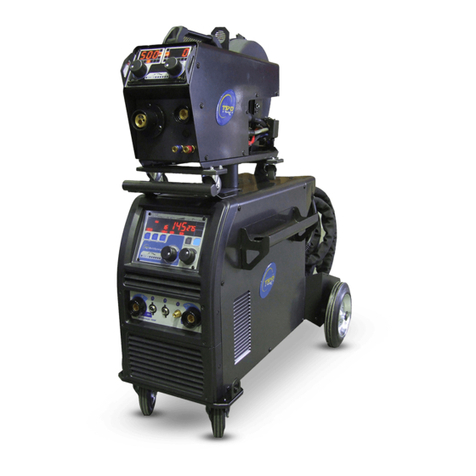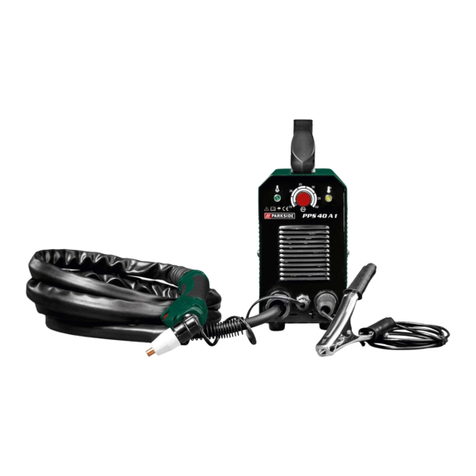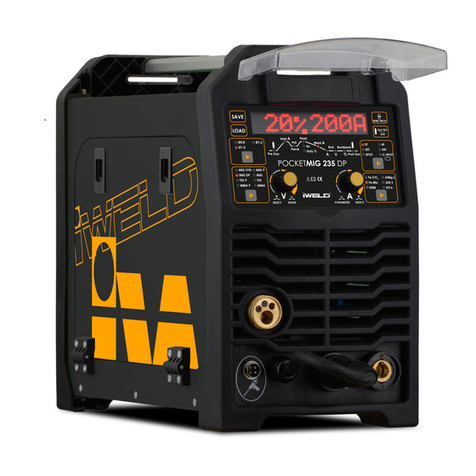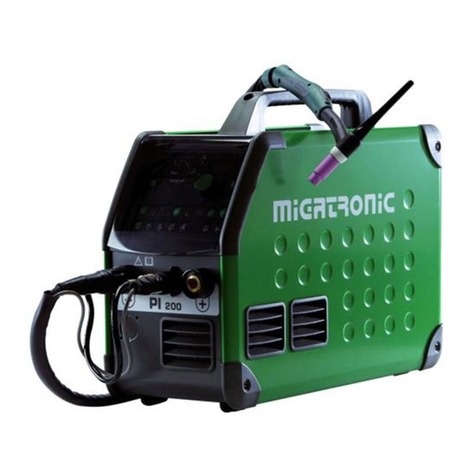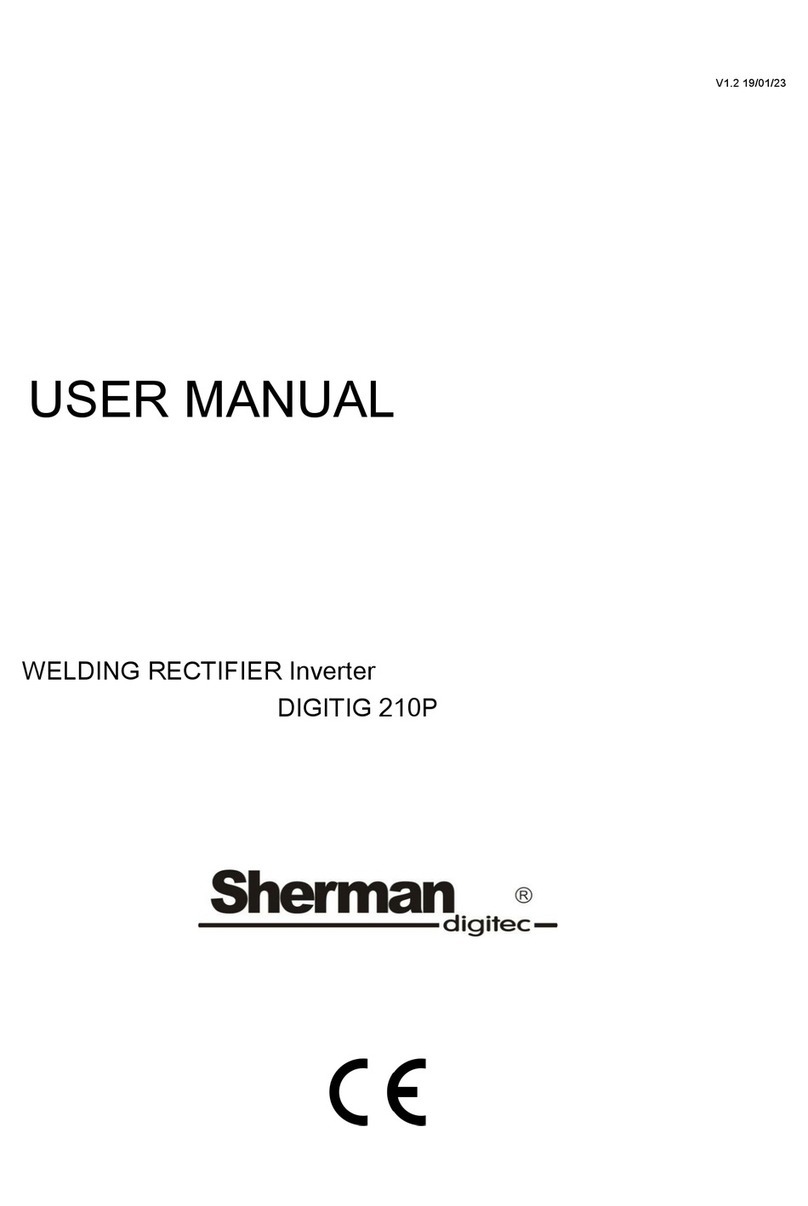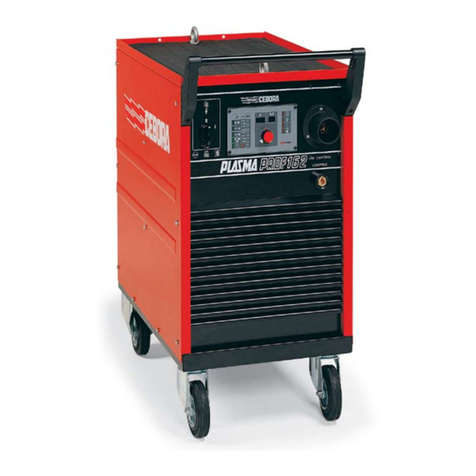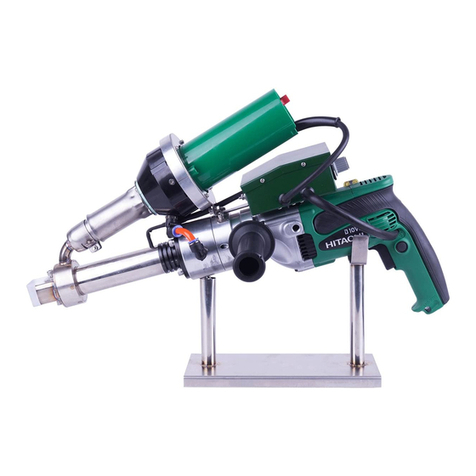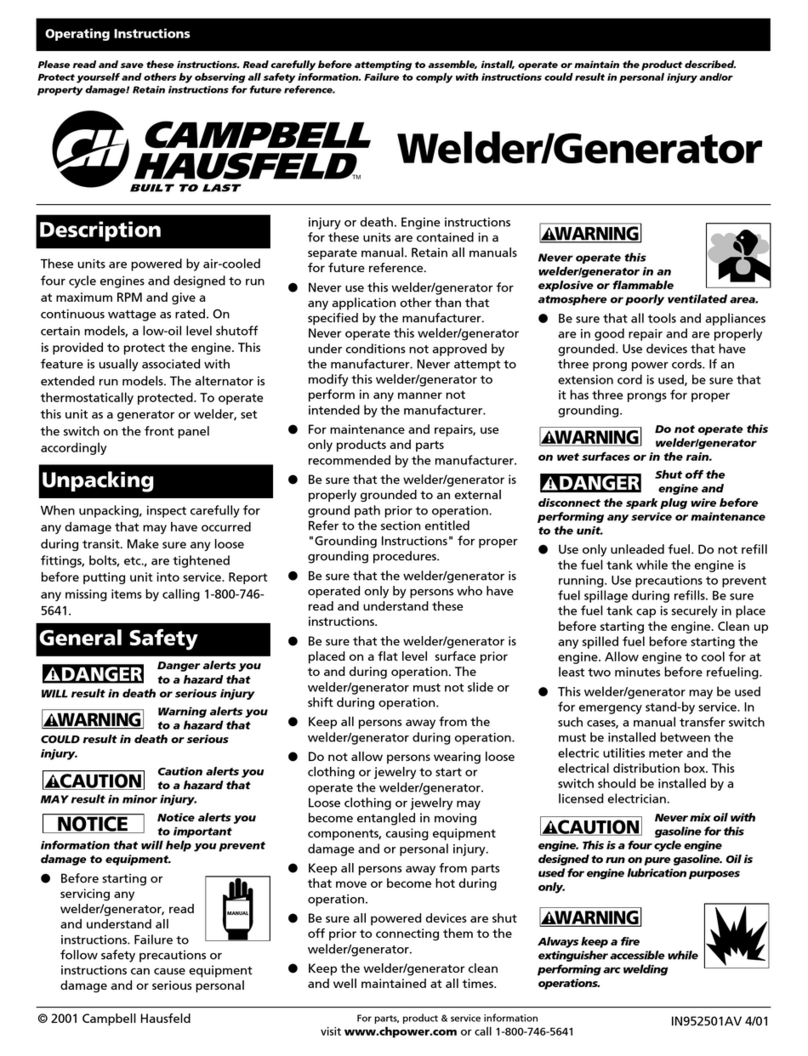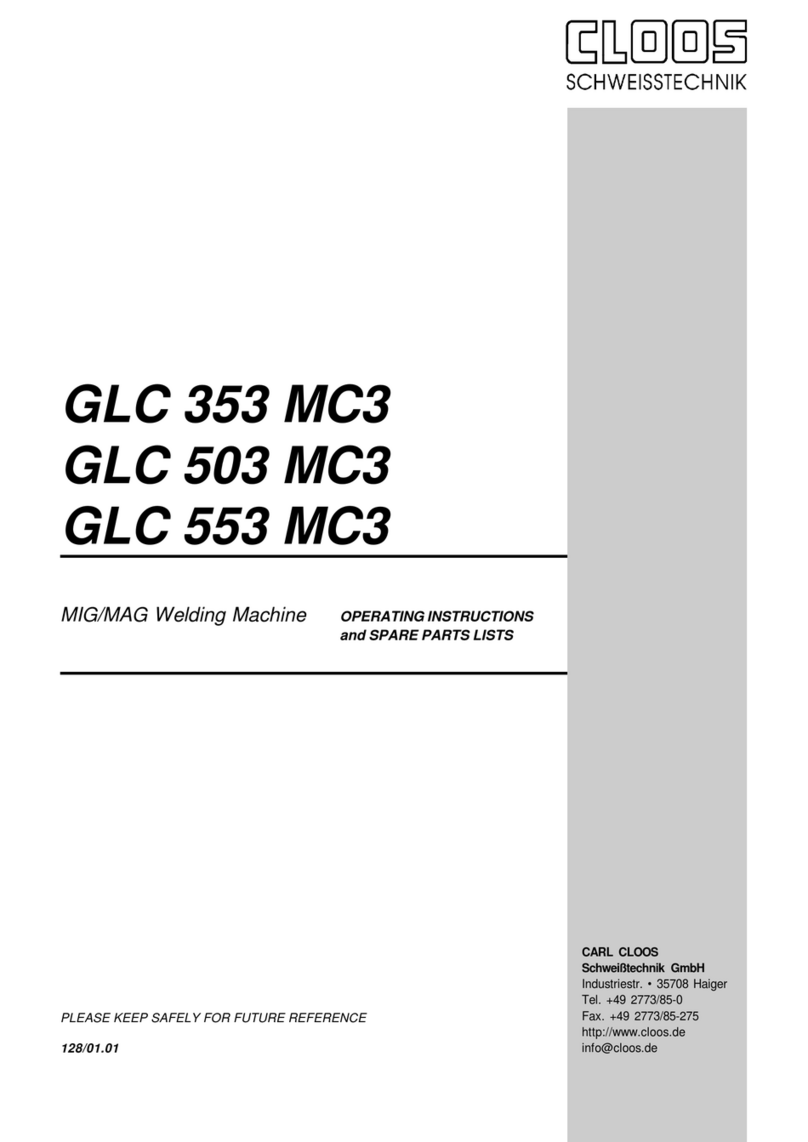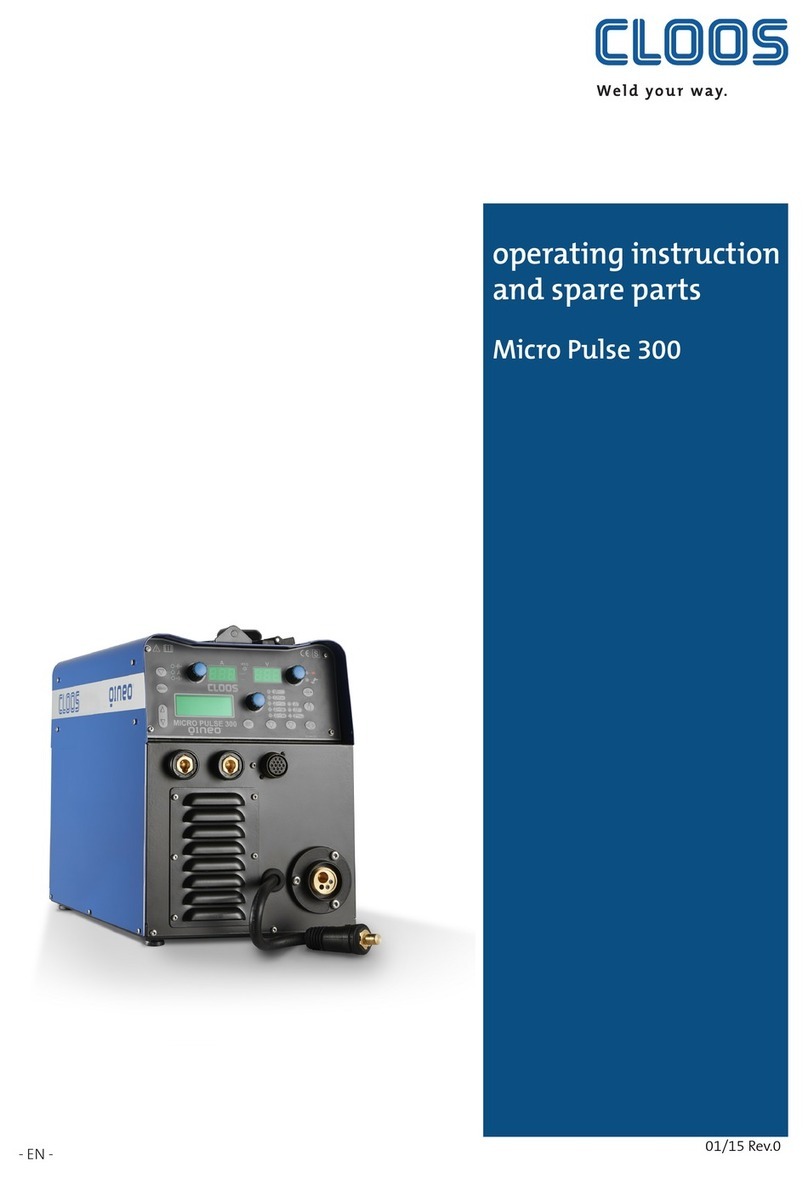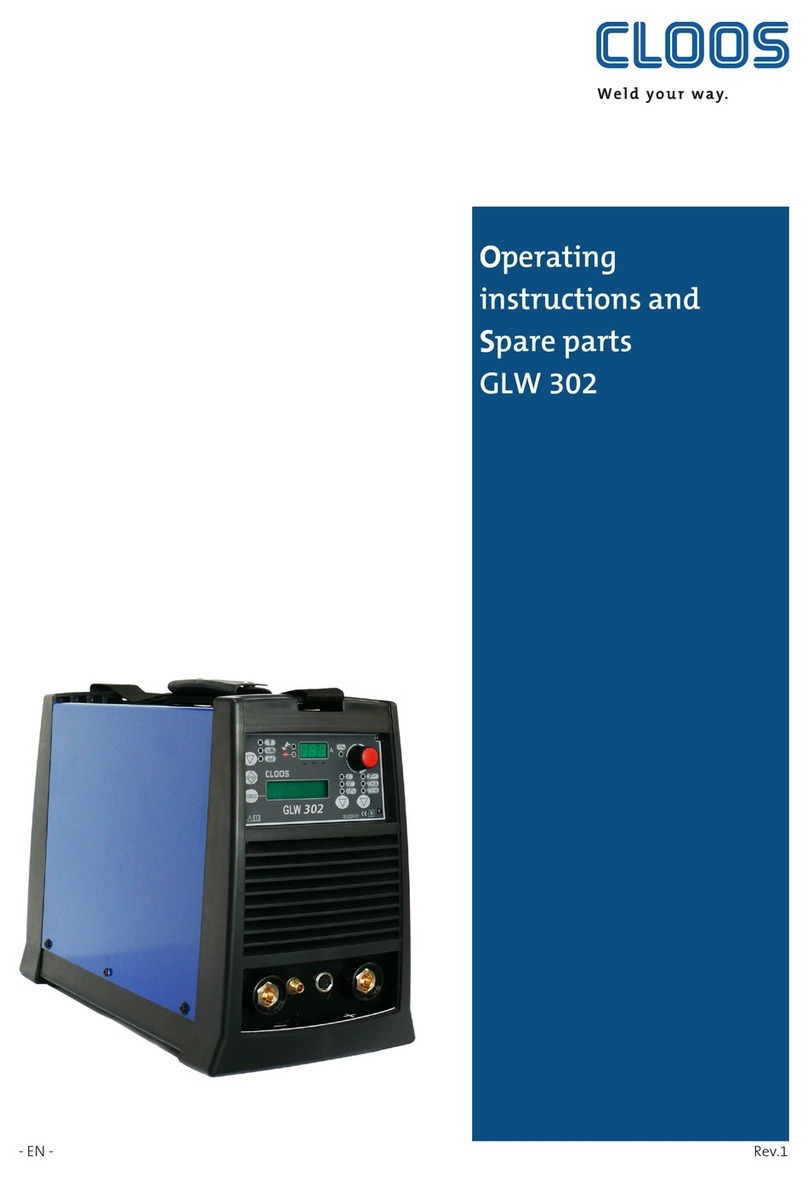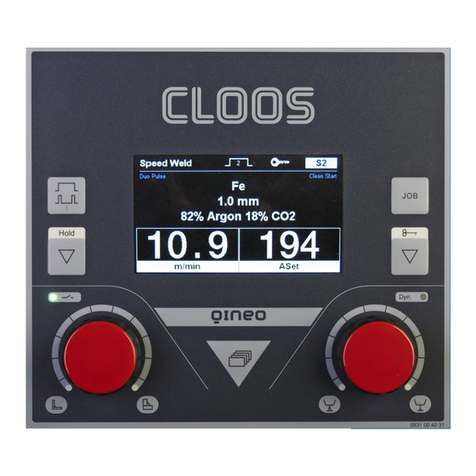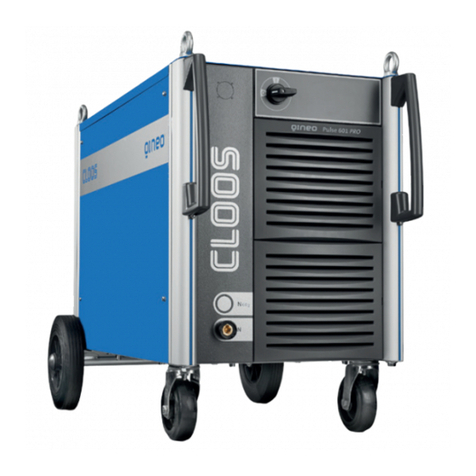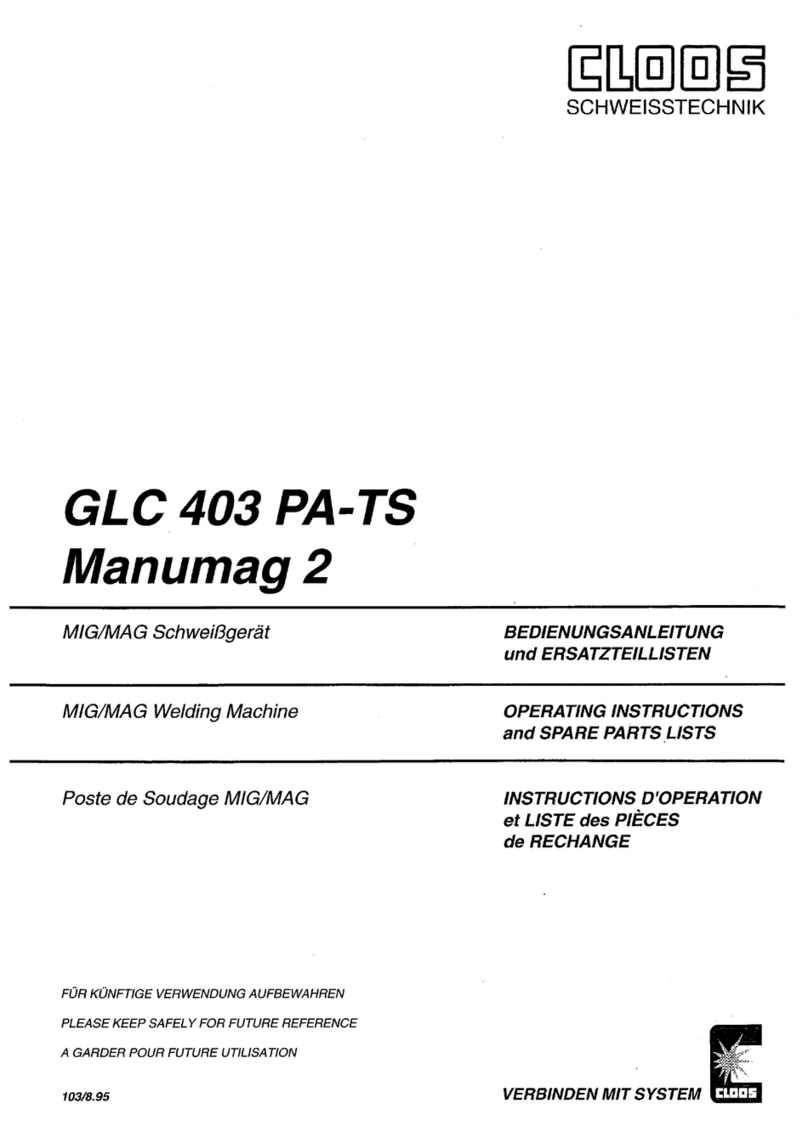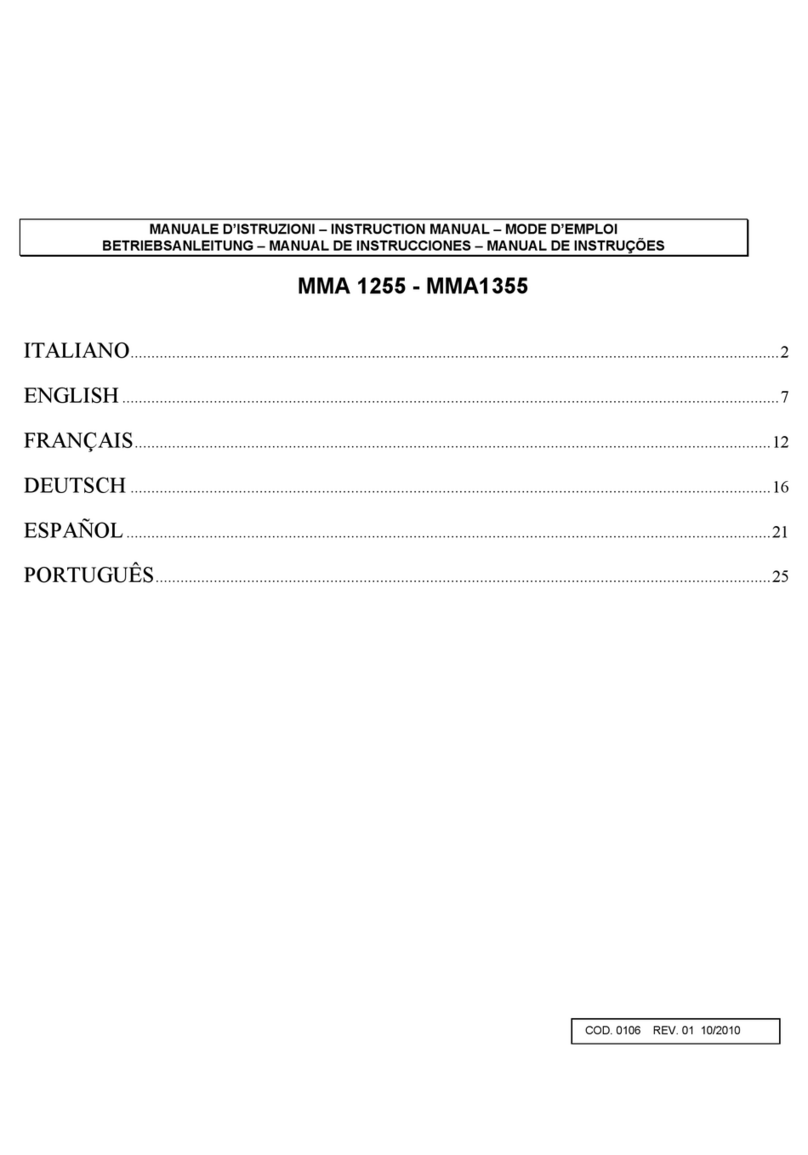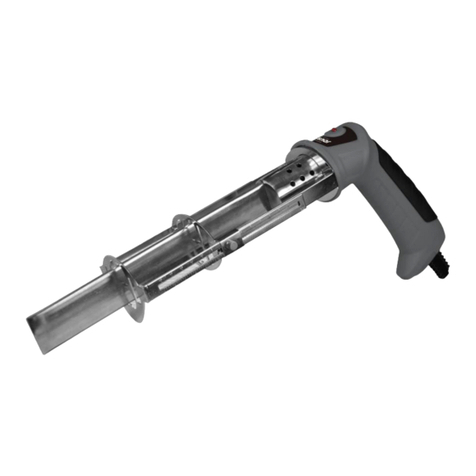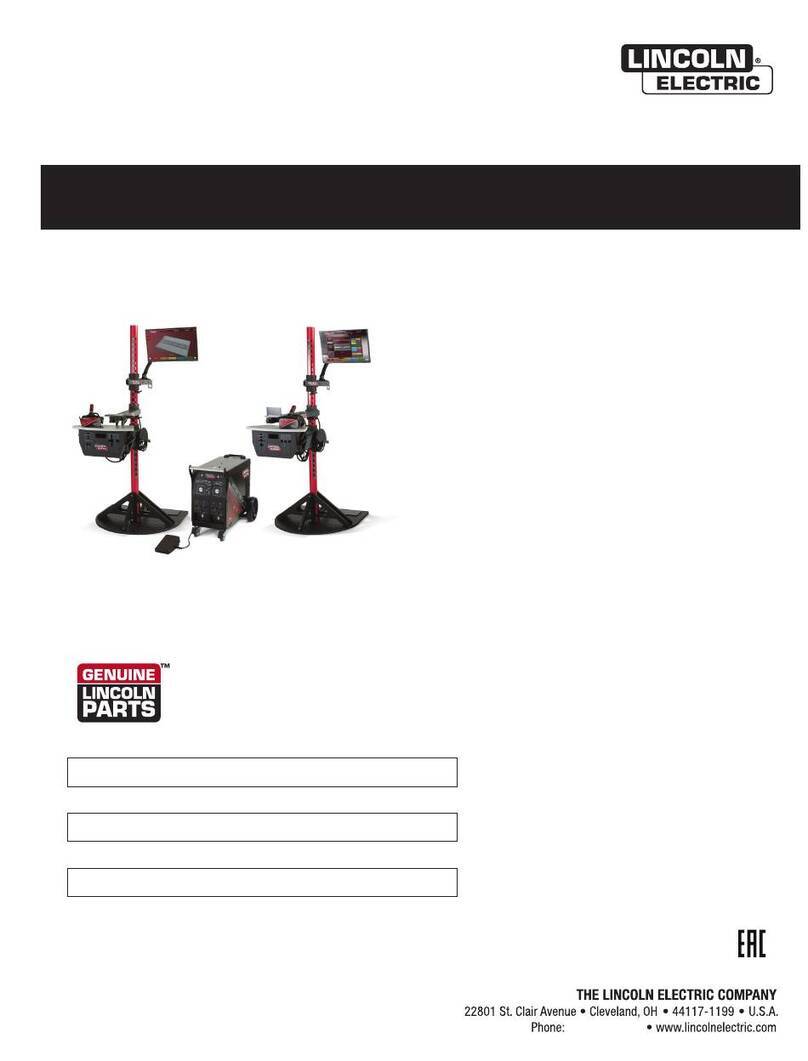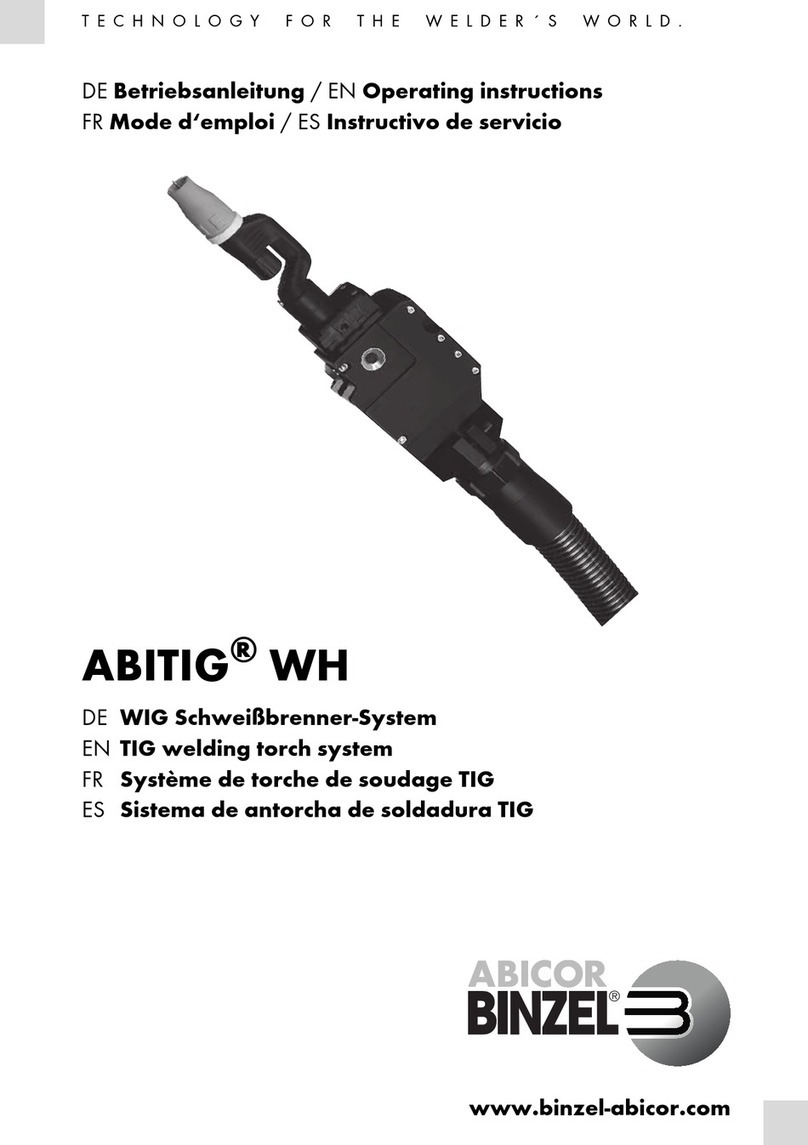
3. Description of the additional functions................................................ 117
3.1 DuoPulse.............................................................................................................. 117
3.2 CleanStart............................................................................................................117
3.3 QWD.......................................................................................................................117
3.4 Functions - System logbook ........................................................................ 118
3.5 Functions - Diagnostics................................................................................. 118
3.5.1 Diagnostics - Software versions ................................................................ 118
3.5.2 Diagnostics - Power unit...............................................................................118
3.5.3 Diagnostics - Cooling module.................................................................... 119
3.5.4 Diagnostics - Process control......................................................................119
3.6 Functions - Information................................................................................ 119
3.7 Functions - Loading Saving.......................................................................... 120
4. Operation..................................................................................................... 121
4.1 Operating concept for the operating modes ...................................... 121
4.1.1 Operating mode 2-cycle................................................................................121
4.1.2 Operating mode 4-cycle................................................................................122
4.1.3 Operating mode Super-4-cycle.................................................................. 123
4.1.4 Operating mode Spot welding/Interval ................................................124
4.2 Configuration of characteristic curve..................................................... 124
4.2.1 Adjusting secondary parameters ............................................................. 124
4.2.2 Restore the original state of the secondary parameters................125
4.2.3 Parameters of operating modes "2-cycle" and "4-cycle"................. 125
4.2.4 Additional parameters of operating mode "Super-4-cycle"..........126
4.2.5 Additional parameters of operating mode "Spot Welding/Interval"
.................................................................................................................................. 126
4.2.6 Parameter setting ranges (optional).......................................................126
4.3 Save and load job ............................................................................................. 128
4.3.1 Quick memory access..................................................................................... 128
4.3.2 Storage management.................................................................................... 129
5. Configuration menu.................................................................................. 132
5.1 Language .............................................................................................................132
5.2 Basic settings .....................................................................................................133
5.2.1 Basic screen ........................................................................................................ 133
5.2.2 2-cycle start and end crater program..................................................... 133
5.2.3 Fine adjustment ...............................................................................................133
5.2.4 Control voltage mode.....................................................................................134
5.2.5 External selection of process ......................................................................134
5.2.6 Reset to factory setting..................................................................................134
5.2.7 Polarity "+/-" connection...............................................................................134
5.2.8 Application range of power source.......................................................... 134
5.3 Config - General................................................................................................ 135
5.3.1 Automatic Hold display................................................................................. 135
5.3.2 MHW X10 Master............................................................................................. 135
5.3.3 Cooling water pump....................................................................................... 135
5.3.4 Job continuation...............................................................................................135
5.4 Config - General (2) ......................................................................................... 136
5.4.1 Wire speed in..................................................................................................... 136
5.4.2 V-display shows ................................................................................................ 136
5.4.3 Gas flow - min/max ........................................................................................136
5.4.4 TIG - pot setting range - min/max........................................................... 136
5.5 Compensation of the external welding circuit ..................................136
5.6 Process monitoring......................................................................................... 138
5.7 Cooling water monitoring ........................................................................... 138
5.8 Sense technology ............................................................................................. 139
5.9 QWD.......................................................................................................................140
5.9.1 QWD PushPull ................................................................................................... 140
5.9.2 Wire end control............................................................................................... 140
5.10 Locking/unlocking functions...................................................................... 140
5.10.1 Access management ......................................................................................141






















